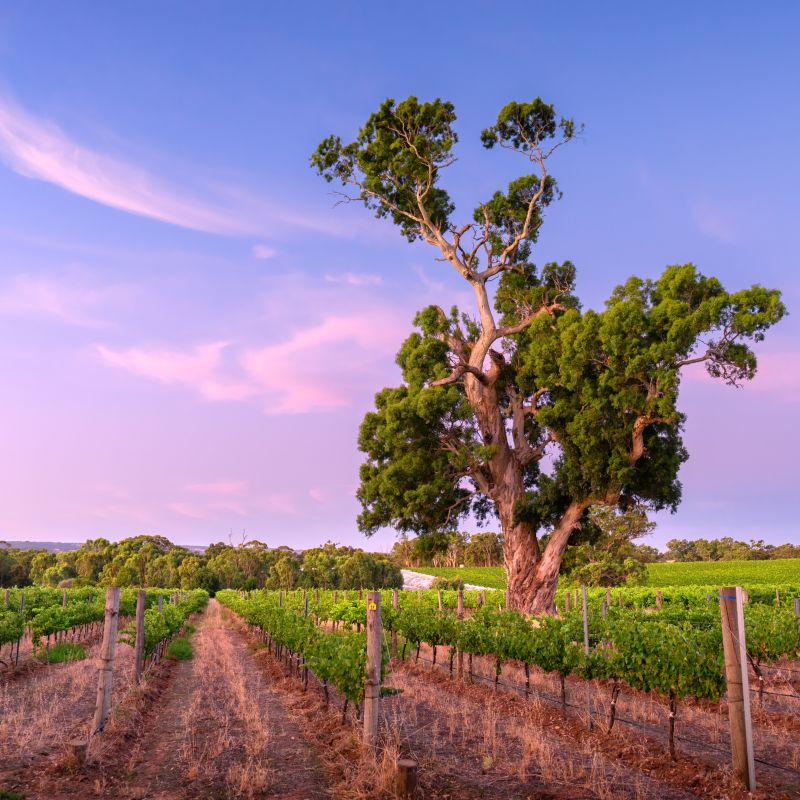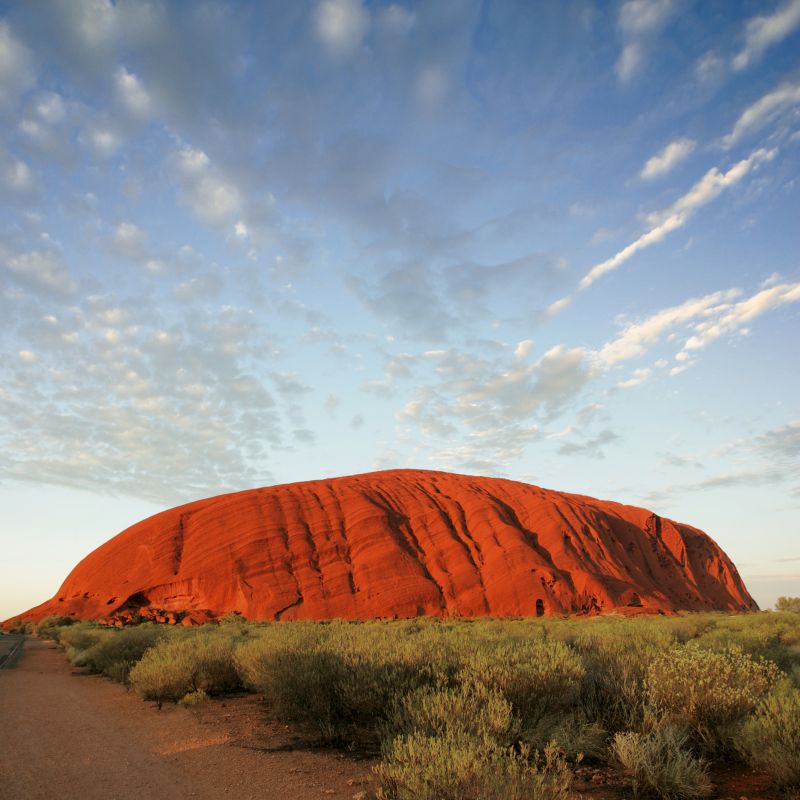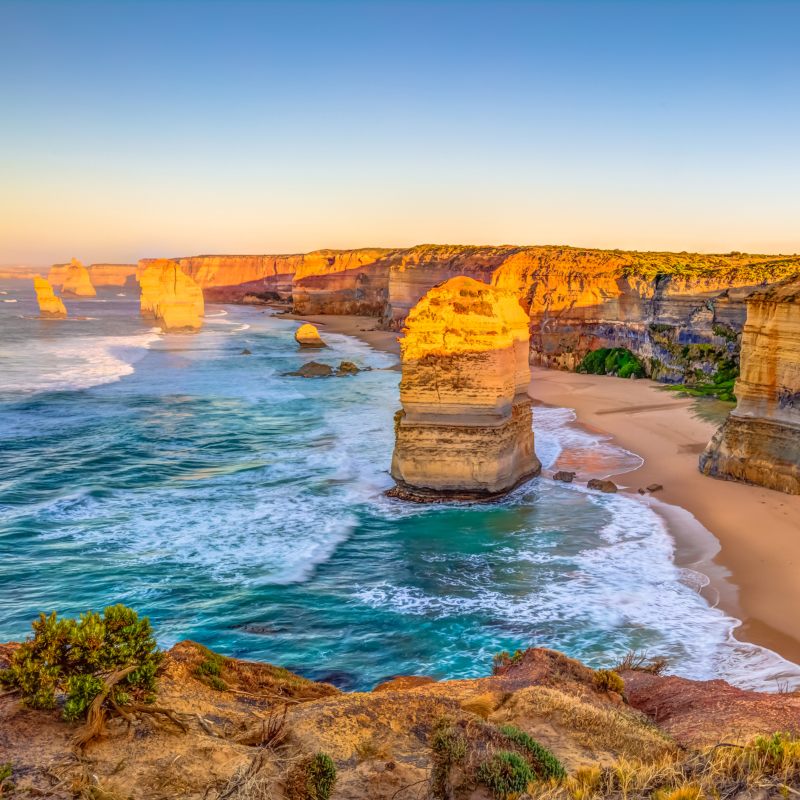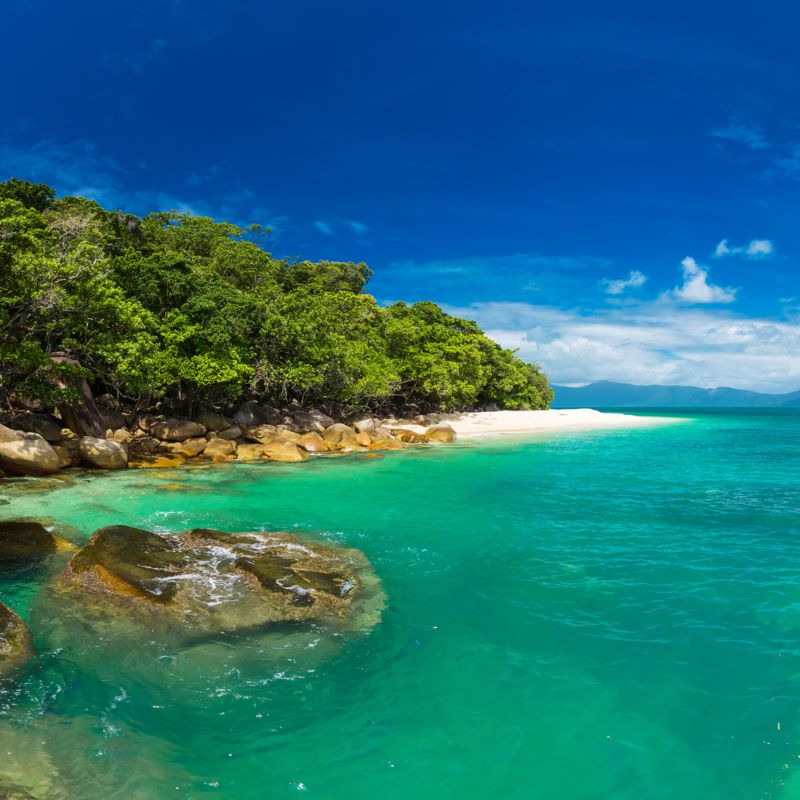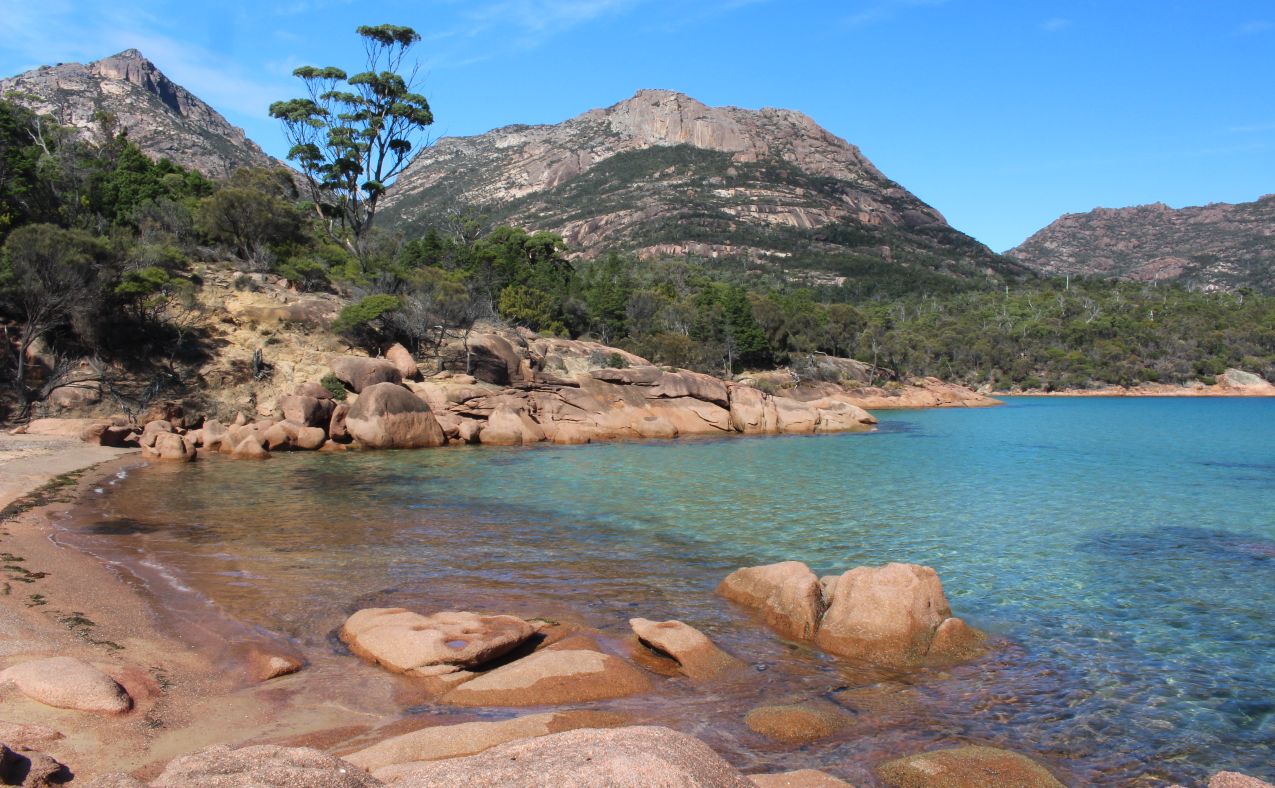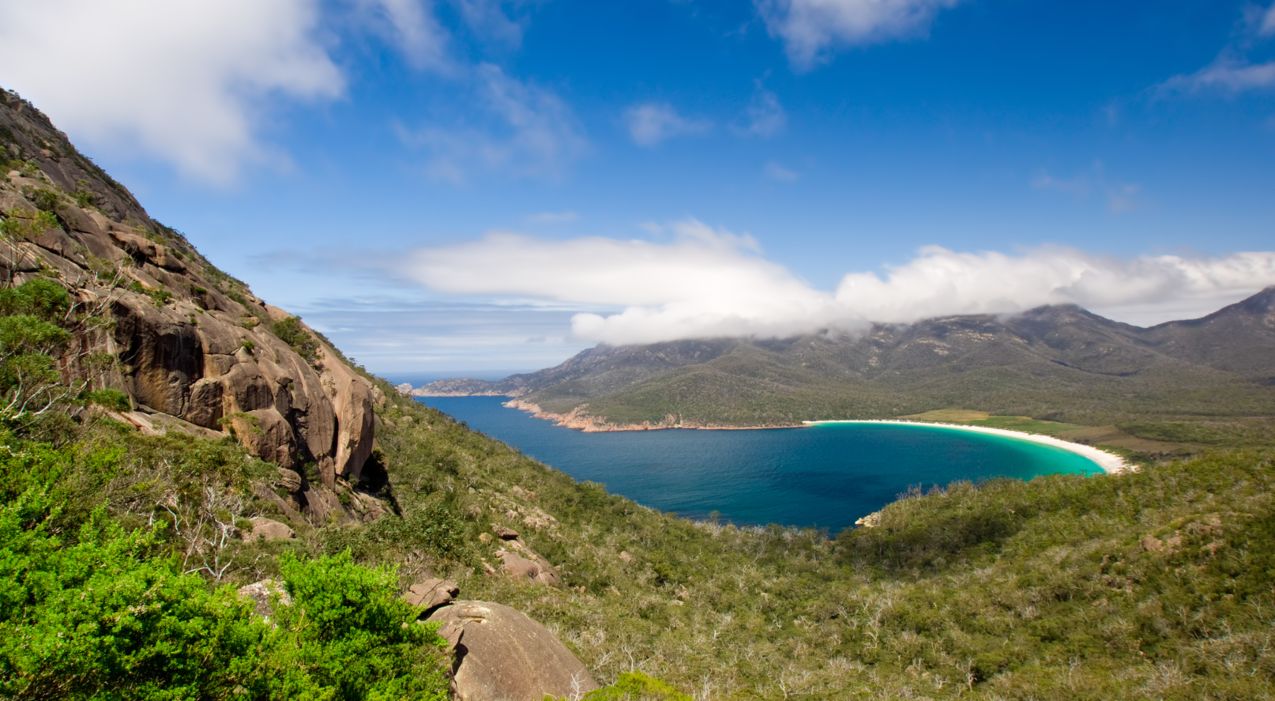
Tasmania Travel Guide
Why you should visit Tasmania
Few international visitors manage to get to Tasmania, and even us locals tend to leave the state for our later years and what a mistake that is. We finally visited Tasmania in 2016 and had a memorable three weeks driving around the island and still not seeing it all!
- Natural and Cultural UNESCO World Heritage sites
- Fantastic colonial architecture, especially in Port Arthur and Hobart
- The cleanest air in the world
- An abundance of fresh local seafood
- Some of Australia’s most picturesque walking trails
Tasmania is the perfect destination for adventure and outdoor lovers. There are 19 National Parks across the state, offering a ridiculous number of epic hikes, places to climb, paddle and cycle. Active travellers could easily spend months here and not do it all.
Regions in Tasmania
The Apple Isle offers something for everyone with pristine beaches, historic settlements and amazing food.
The five regions in Tasmania are:
- The South
- The East Coast
- Launceston
- North and North West
- West Coast
Tasmania is the perfect state to hike or road trip.
What’s New Tasmania
Tasmania Travel Planning
Almost the same size as Ireland or Sri Lanka, Tasmania is compact but bursting with things to see and do!
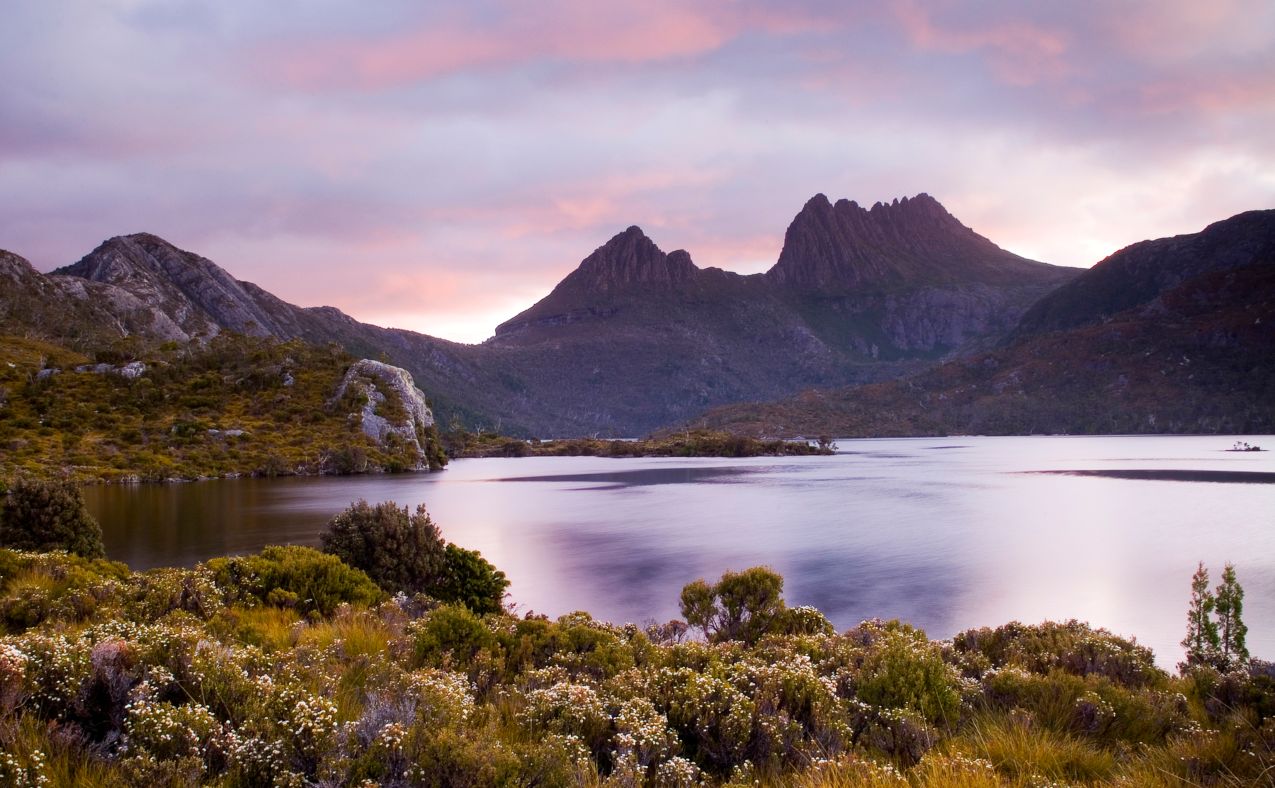

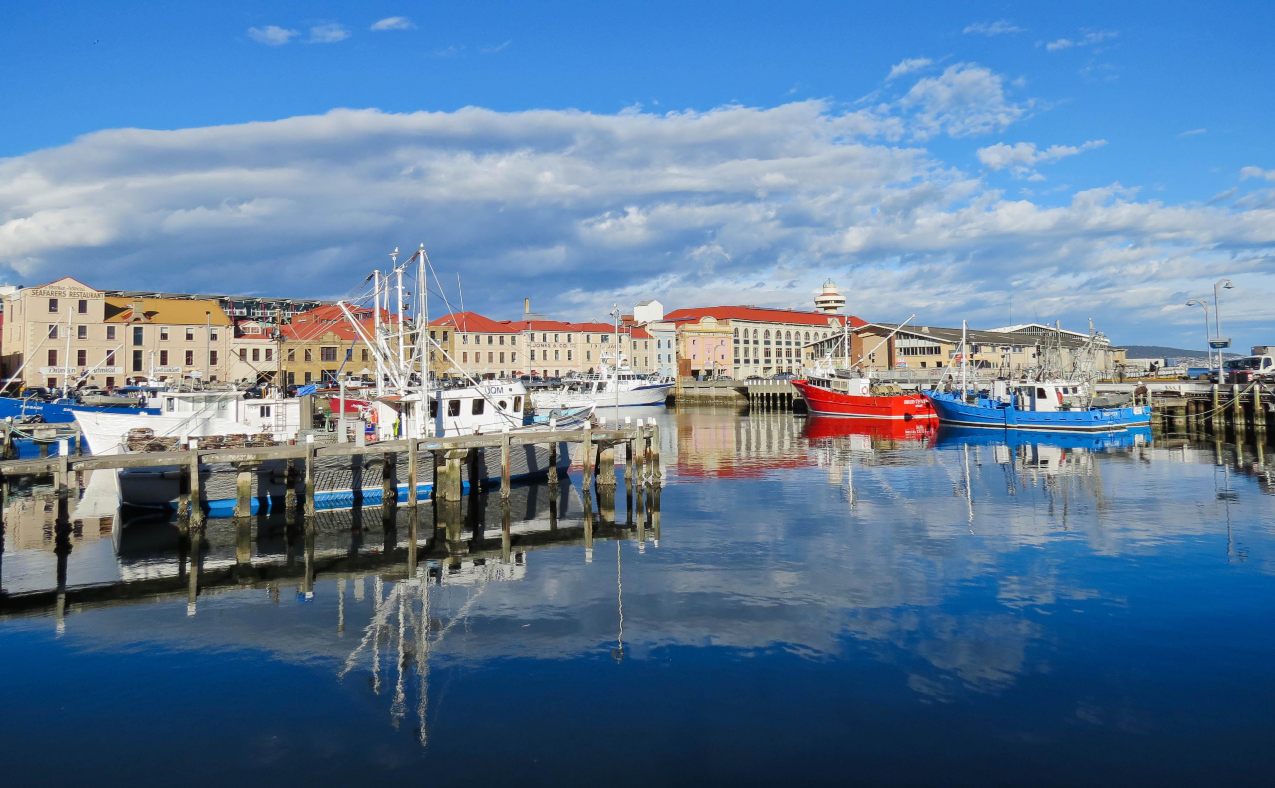
How to get to Tasmania
Many people fly into the north and out of the south, which is an excellent way to do it. If flights are cheaper for a return trip, the drive up the middle of the island between Hobart and Launceston is only a few hours.
Airports
There are four airports on the island:
- Hobart – Daily flights from Sydney, Brisbane and Melbourne. It takes one hour, 45 minutes to fly from Sydney and one hour from Melbourne. There are flights almost hourly from Melbourne
- Launceston – Daily flights from Melbourne, Sydney and Brisbane
- Devenport – Daily flights from Melbourne
- Burnie – Daily flights from Melbourne
You can also fly from Melbourne to King or Flinders Islands.
Ports
Quite a few cruises visit Tasmania, with the main stop being Hobart; however, there are also anchorages in Coles Bay, Port Arthur and Burnie, giving you a chance to see some of the best parts of the country while you are visiting.
The Spirit of Tasmania Ferry
The main benefit of taking the ferry from Melbourne to Tasmania is that you can take your car, motorbike or caravan with you.
There are two ferries daily between Melbourne and the northern city of Devonport. You can choose between a day or a night trip, which takes between 9-11 hours. Tickets are best purchased a few months out as they can get quite pricey at the last minute.
The journey can get a little rough, so if you are prone to seasickness, be sure to get some medication before you leave.
Local’s tip: If you suffer from seasickness, take a day ferry, the seas are generally rougher at night.
Cruise ships also often include a stop at Hobart en route to New Zealand.
highlights of Tasmania

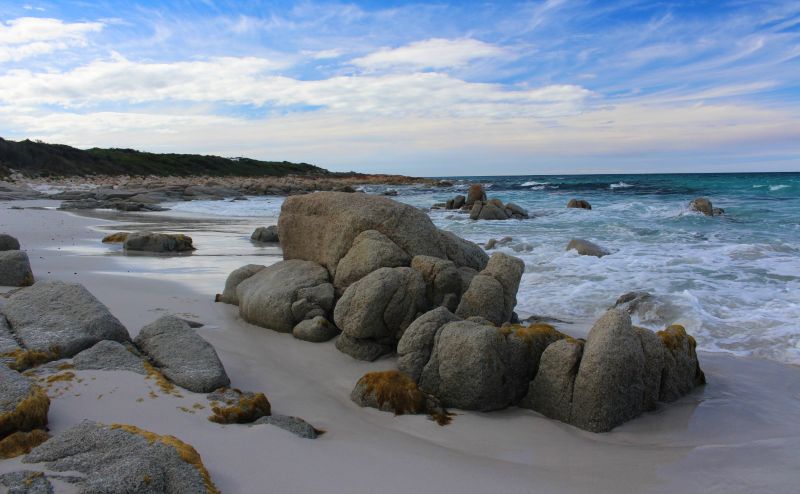
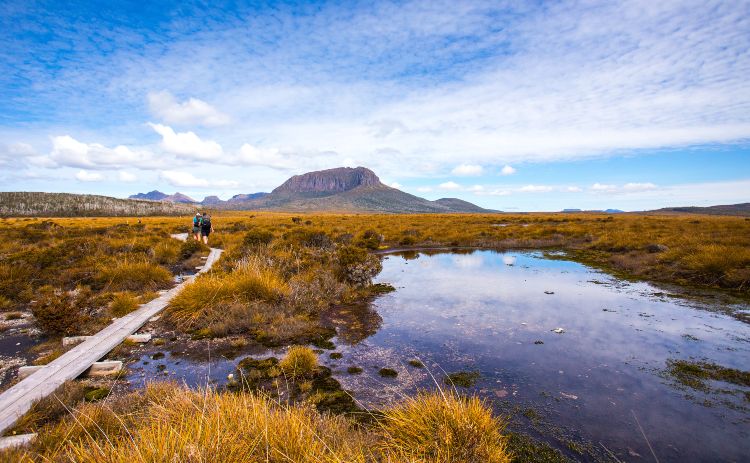
Getting around Tasmania
Tasmania is one state where renting a car and driving around the island is the best choice. If you can’t drive or prefer not to rent a car, taking a tour is probably the next best option.
Driving distances
- Hobart to Launceston – 2hrs 30m
- Hobart to Port Arthur – 1hr 40m
- Hobart to Cradle Mountain – 4hrs
- Hobart to Wineglass Bay – 2hrs 45m
- Hobart to Bruny Island – 1hr 50m
- Launceston to Cradle Mountain – 2hrs
Some excellent tours run by eco-certified operators will help you reach the best parts of Tasmania. There are also luxury tours, walking tours and fully escorted tours for those who prefer to do things in style.
Public Transport in Tasmania
There is no passenger train service in Tasmania. Two companies offer long-distance buses.
- Redline travel between Hobart, Launceston, Devonport and Burnie.
- Tassielink travel between the East Coast, Tasman Peninsular, Huon Valley and Queenstown and several smaller places.
Using public transport requires planning and patience as services are limited and not always direct, but it can be done!
We hope our Tasmania Travel Guide has given you enough to start planning your trip to Tassy. If you have any questions pop over to our Facebook Group and we will be happy to try to help.
Where will you go next?

